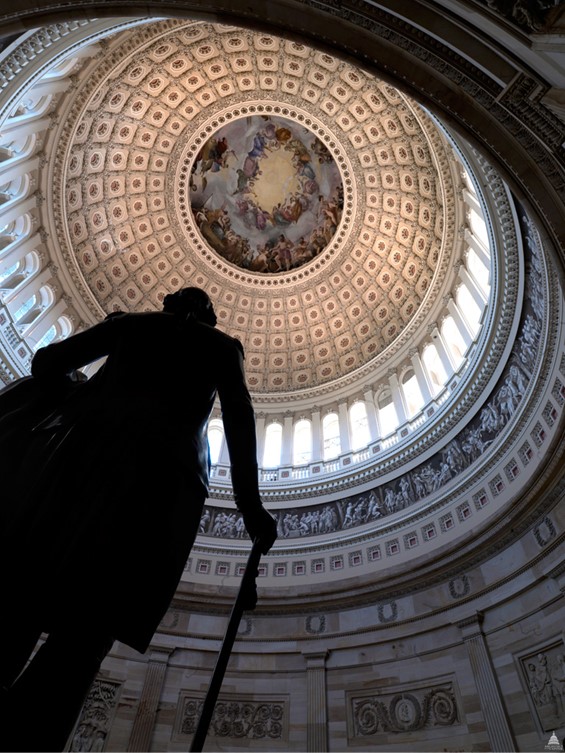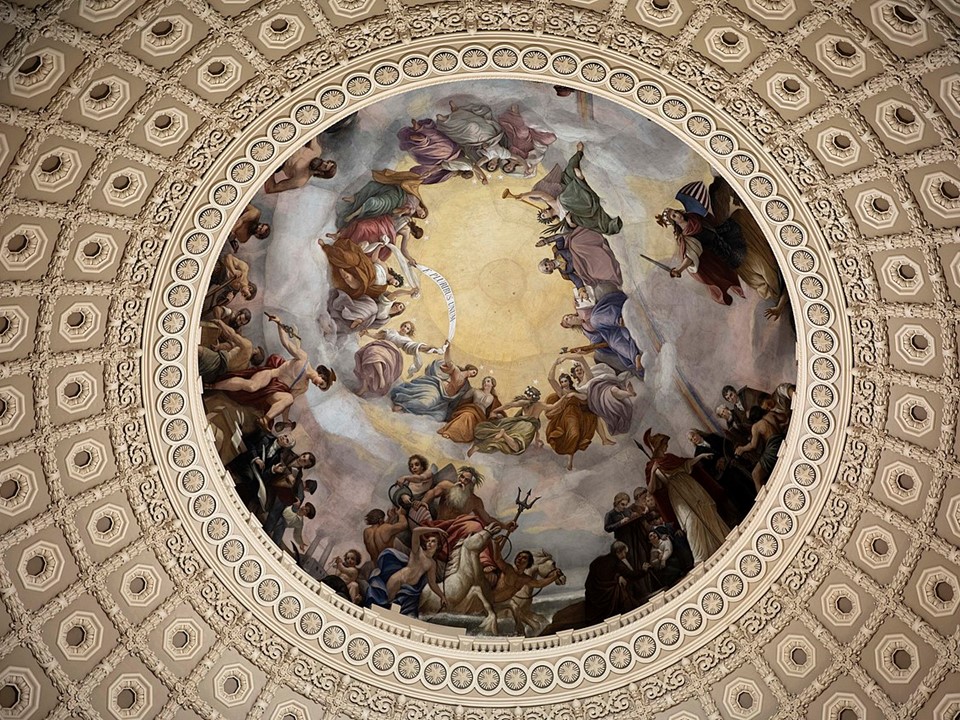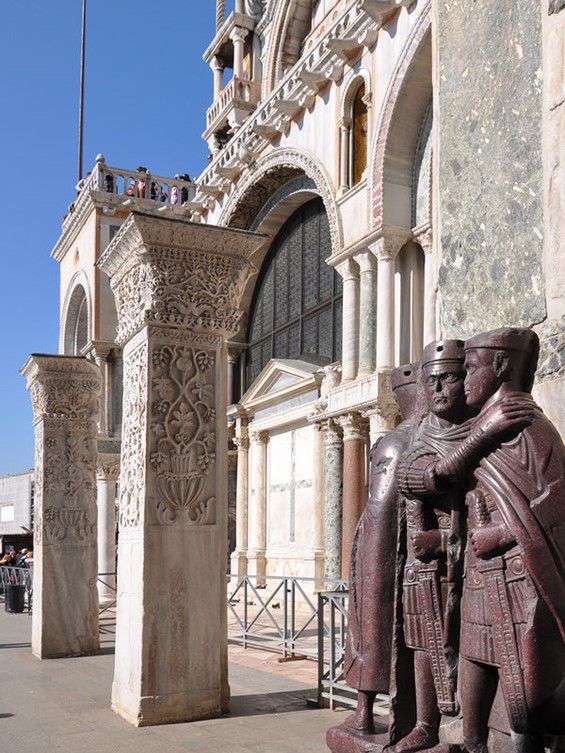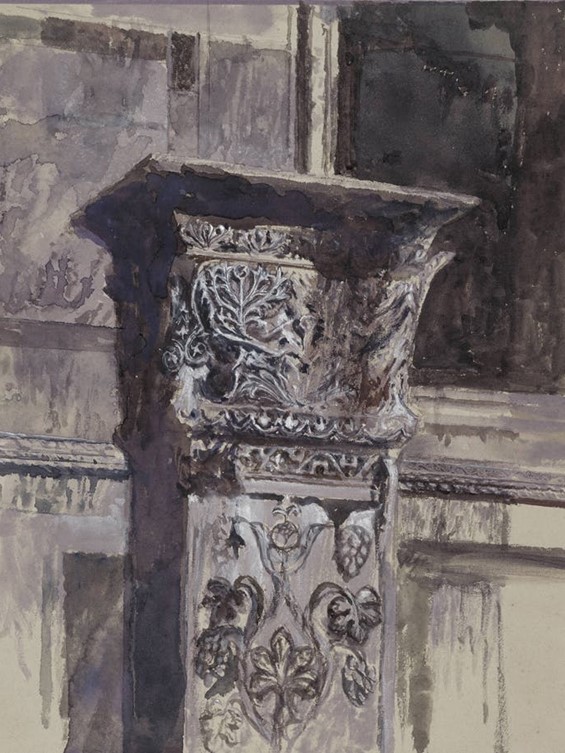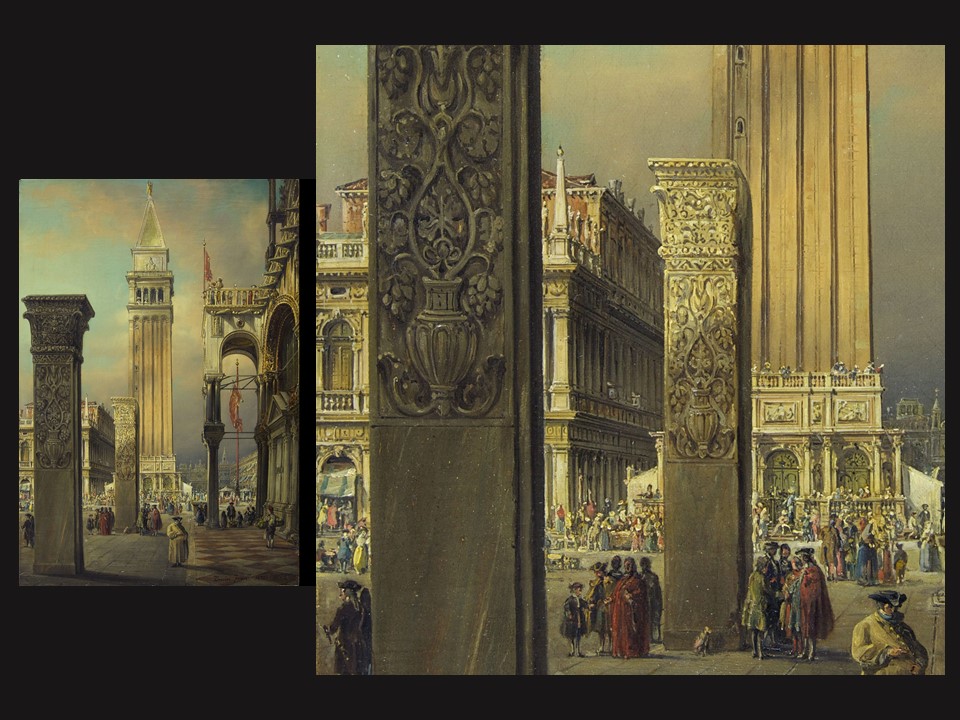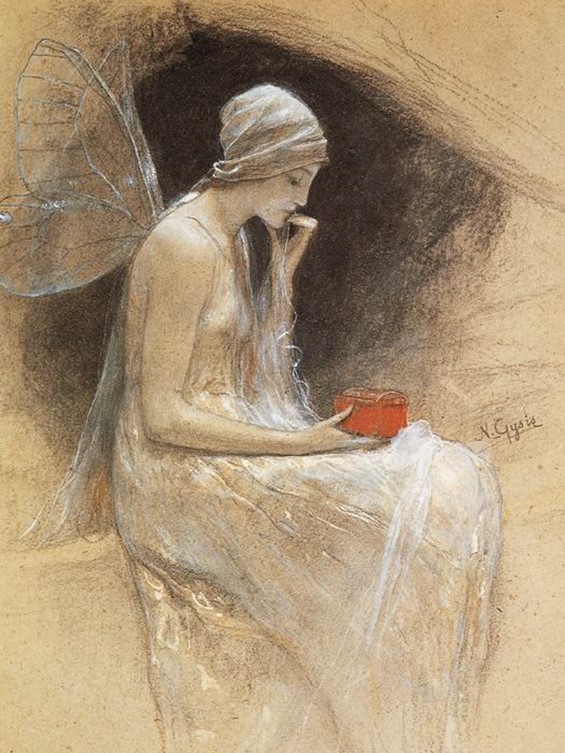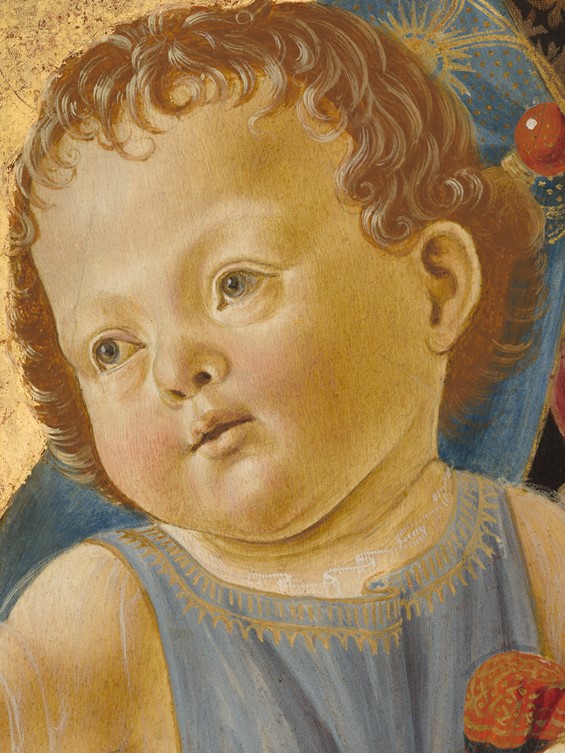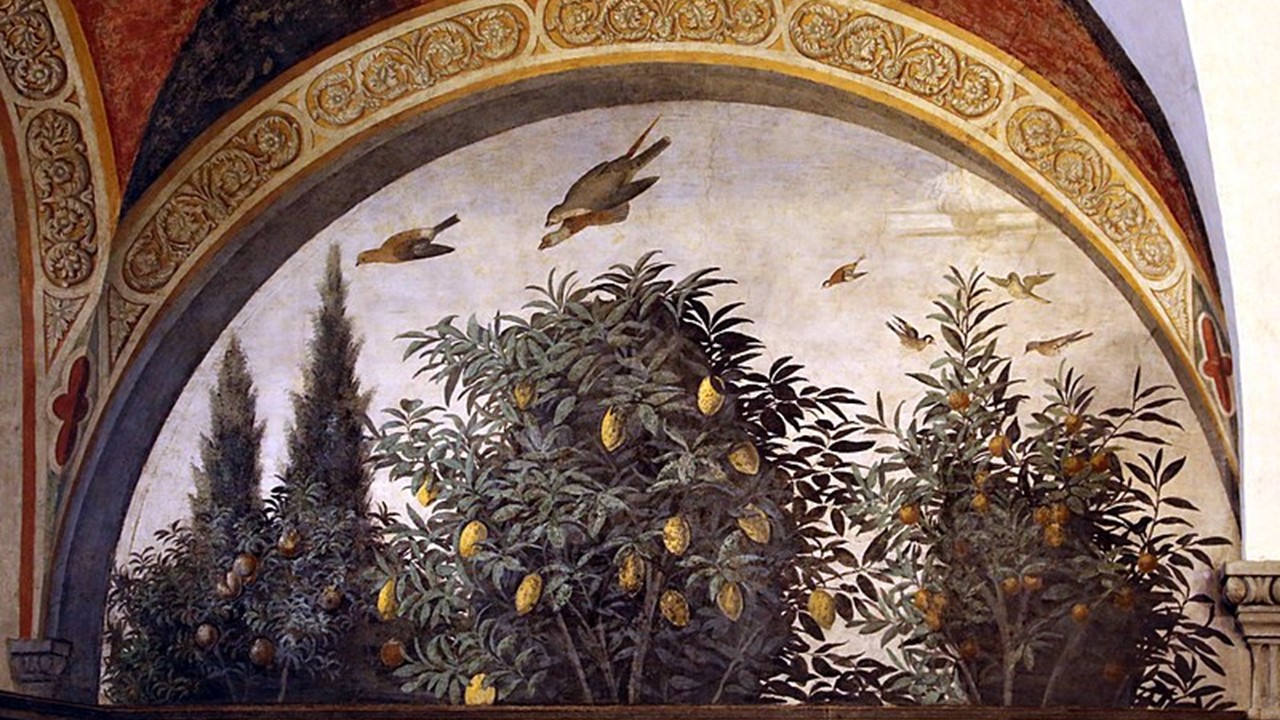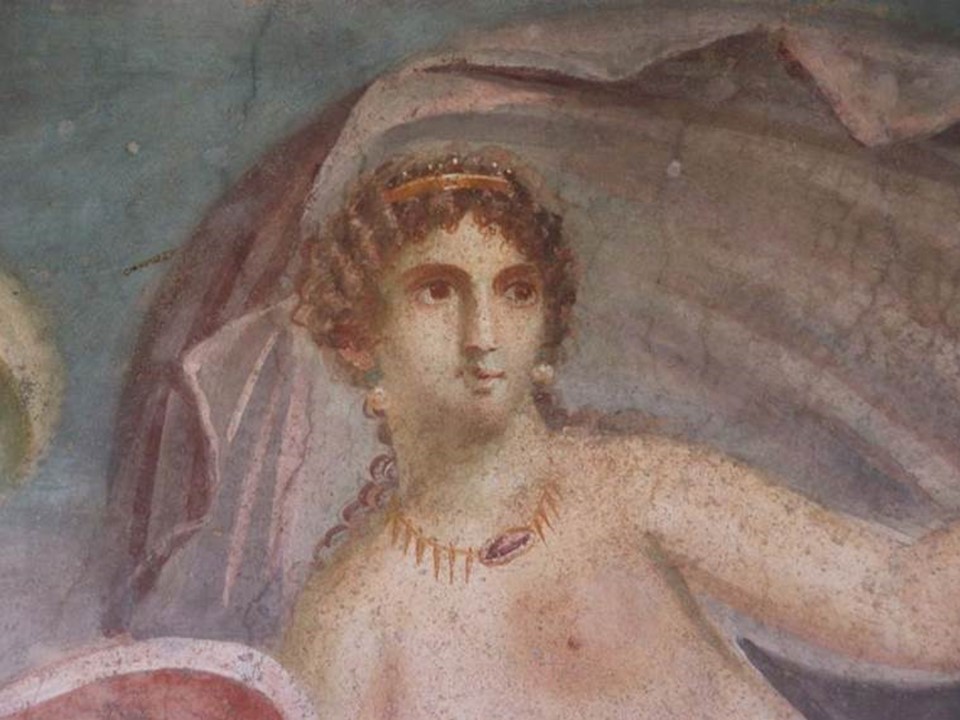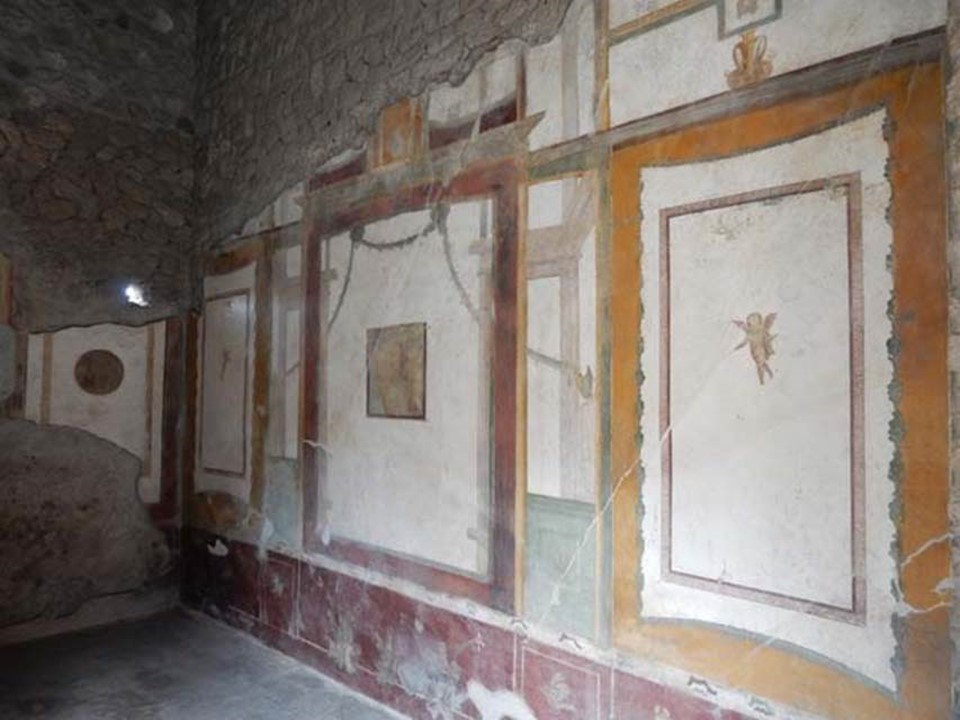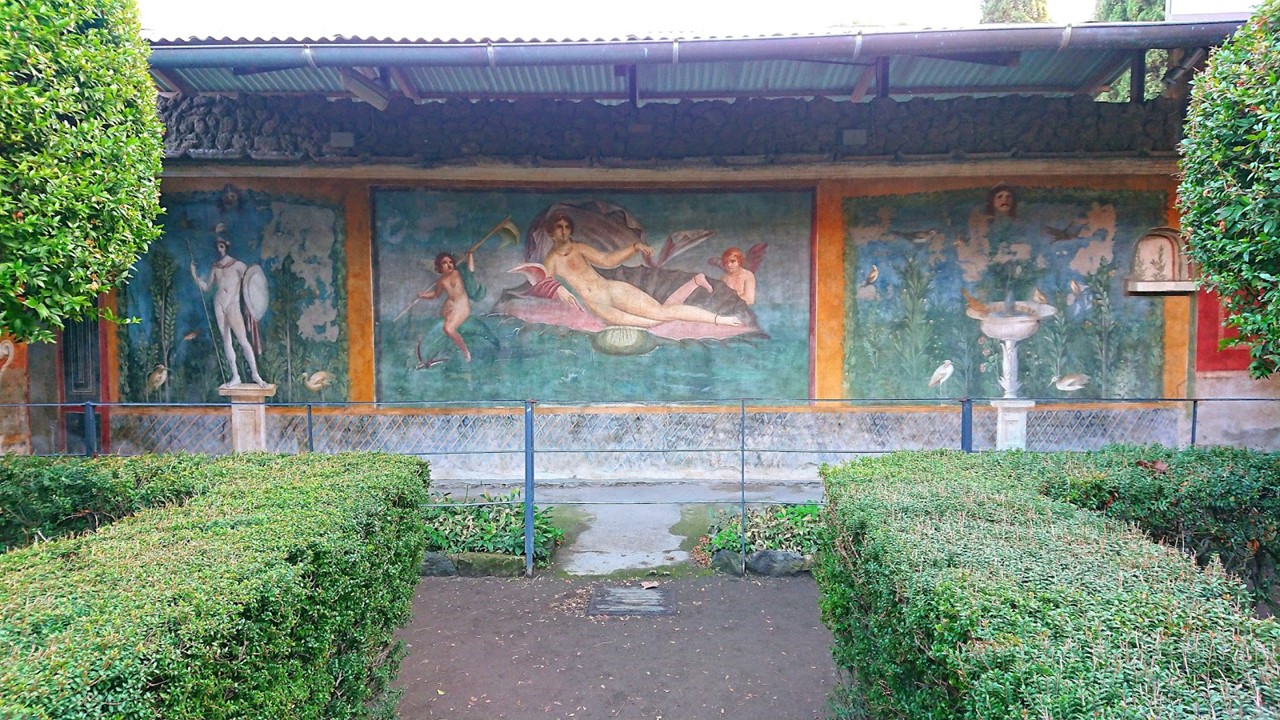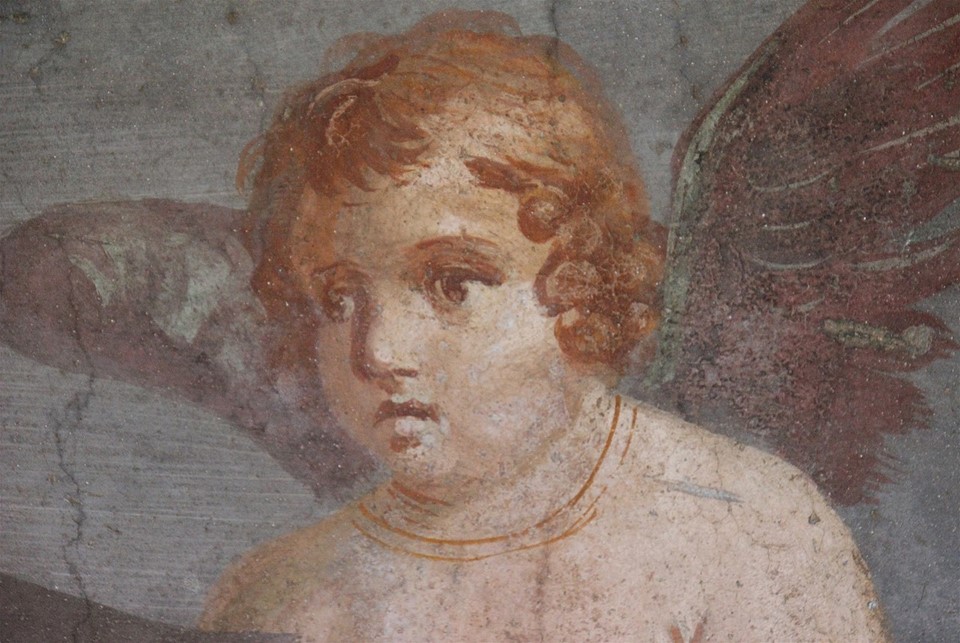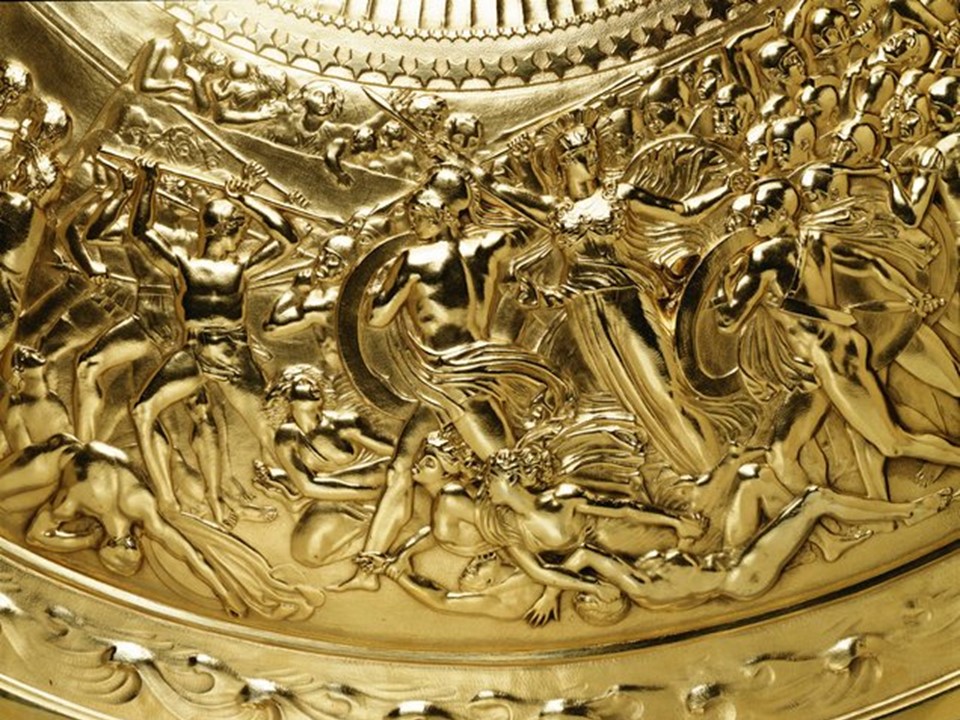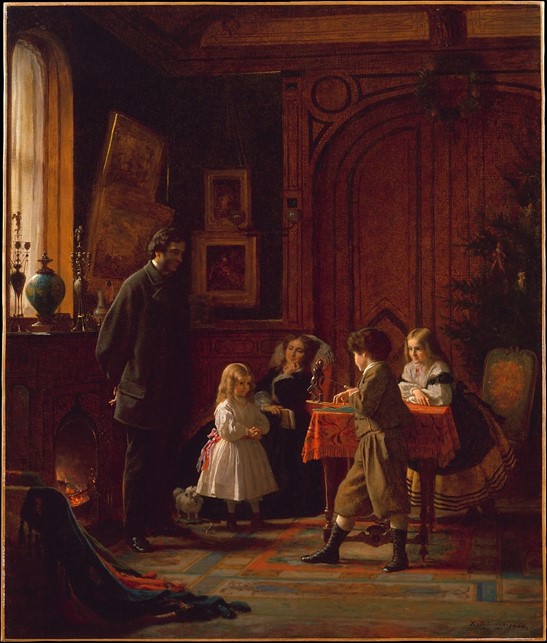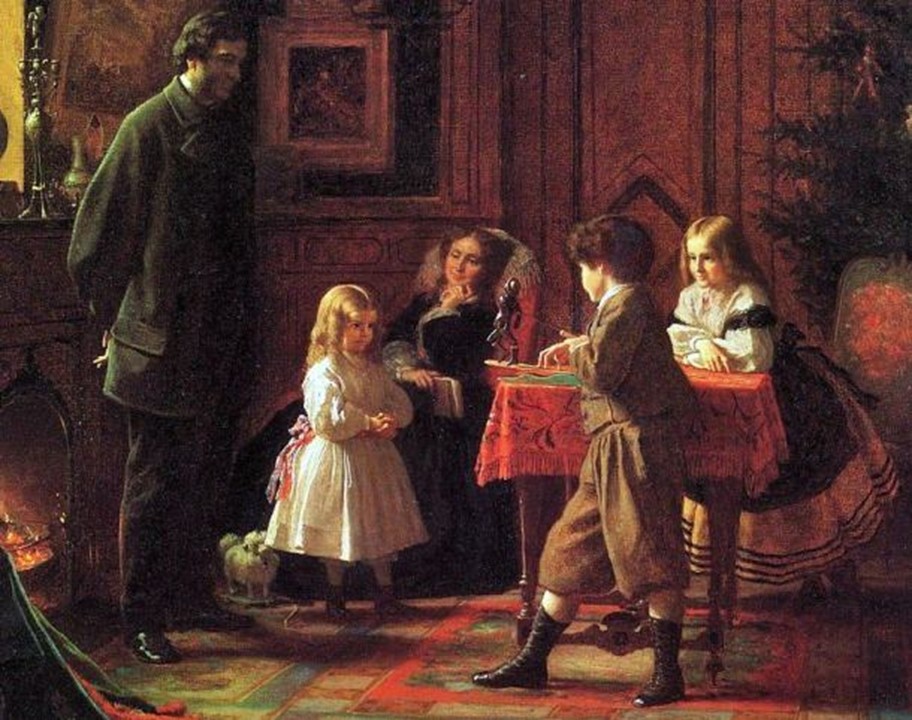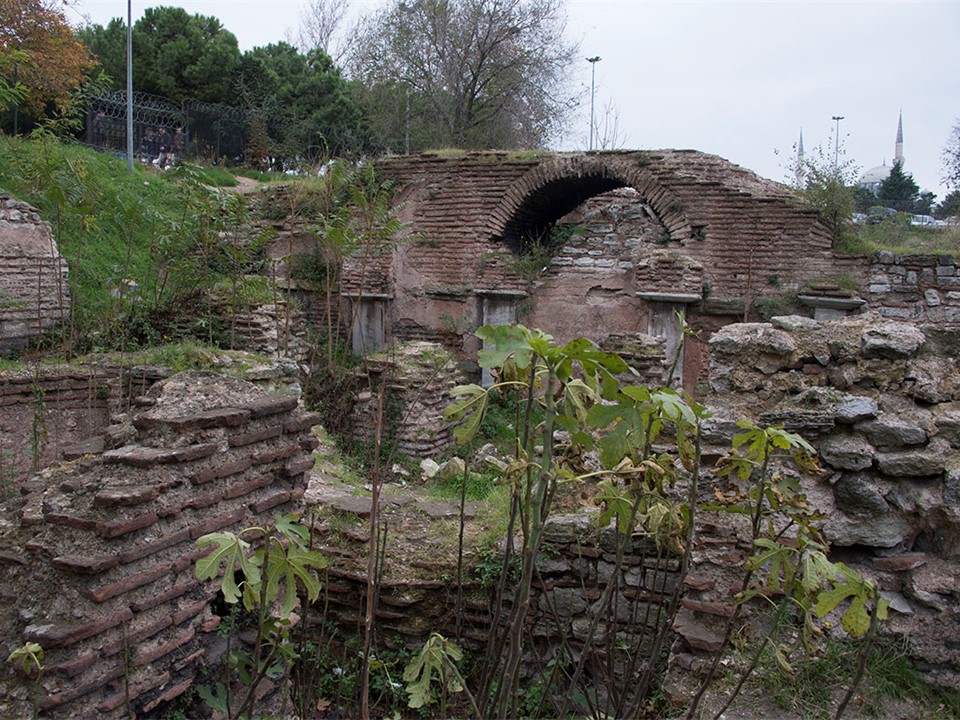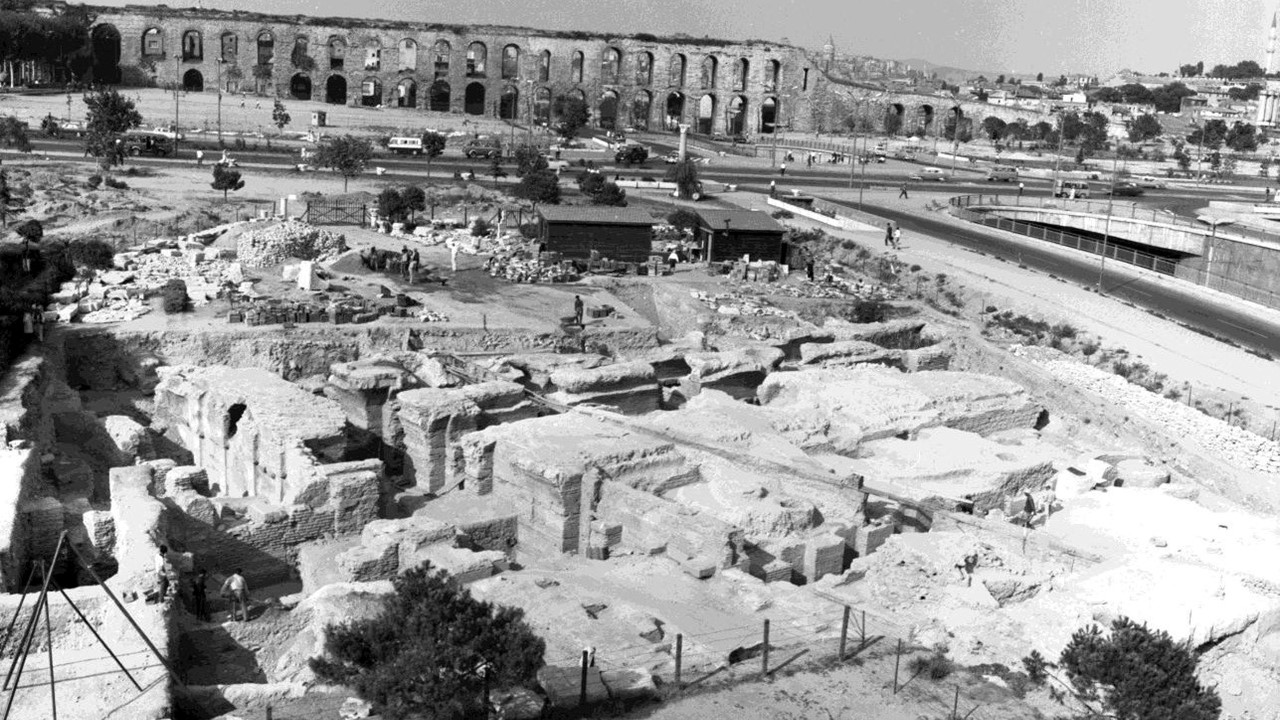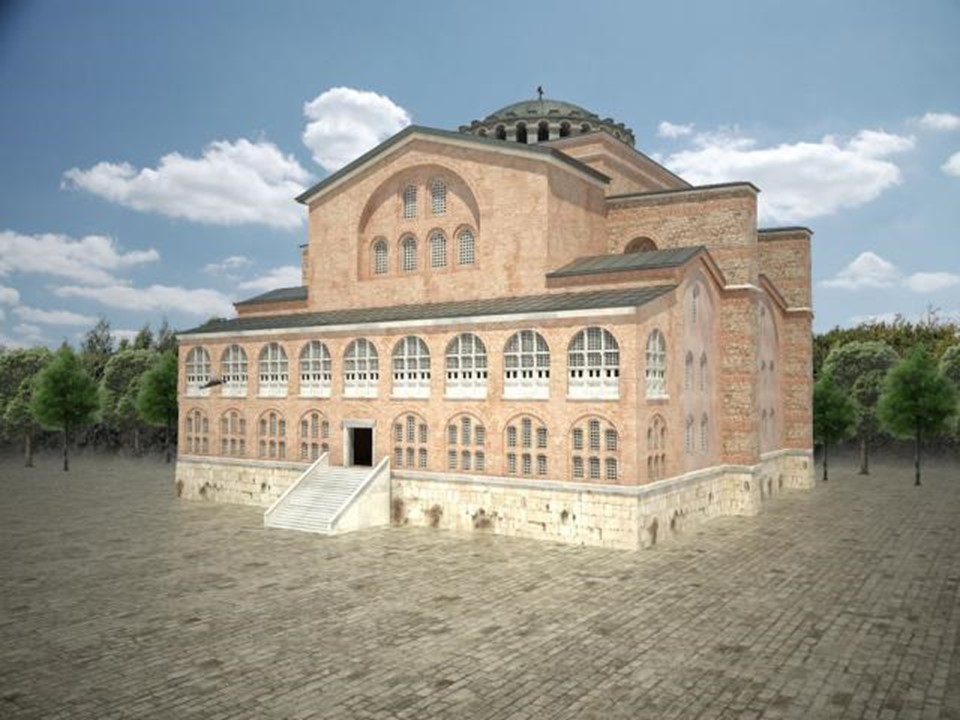
The Labours of the Months: February, about 1580, oil on canvas, 13.6 x 10.6 cm, National Gallery, London
https://www.nationalgallery.org.uk/paintings/italian-venetian-the-labours-of-the-months-january#painting-group-info
The Labours of the Months: February POST will start with In February, a poem by John Addington Symonds, the English poet, literary critic, cultural historian and writer of numerous biographies of writers and artists: “The birds have been singing to-day / And saying: “The spring is near! / The sun is as warm as in May, / And the deep blue heavens are clear.” / The little bird on the boughs / Of the sombre snow-laden pine / Thinks: “Where shall I build me my house, / And how shall I make it fine? / “For the season of snow is past; / / The mild south wind is on high; / And the scent of the spring is cast / From his wing as he hurries by.” / The little birds twitter and cheep / To their loves on the leafless larch: / But seven foot deep the snow-wreaths sleep, / And the year hath not worn to March.https://discoverpoetry.com/poems/february-poems/
The Labours of the Months is a theme that frequently occurs during the Late Medieval-Renaissance Period Art. It attracts our attention in sculptural pieces adorning Churches and Cathedrals of the time, striking Vitreaux Windows, amazingly colourful manuscripts, and paintings, monumental, like the eleven surviving panels in Torre Aquila I presented in 2020 (check: https://www.teachercurator.com/?s=torre%20aquila&cat=plus-5-results), or small, like the paintings in the National Gallery, in London, we will explore in 2021… month by month… https://archive.org/details/labormonth00webs/page/n9/mode/2up Webster, James Carson – 1905-1989, The labors of the months in antique and mediaeval art to the end of the twelfth century, 1938, Evanston, Ill., Northwestern University, and https://www.nationalgallery.org.uk/paintings/italian-venetian-the-labours-of-the-months-january

The Labours of the Months: February (detail), about 1580, oil on canvas, 13.6 x 10.6 cm, National Gallery, London
https://www.nationalgallery.org.uk/paintings/italian-venetian-the-labours-of-the-months-january#painting-group-info
For 2021, I want to present something different, unpretentious but rare. In London, at the National Gallery, there are 12 small pictures, “painted on canvas and then each glued to a wooden panel. It is possible that they were made to decorate the recessed panels of a pair of doors. The paintings seem to have been planned in pairs with the figures facing each other and are currently displayed in two frames in groups of six. They show the ‘labours of the months’ – the rural activities that take place each month throughout the year.” This set of painted Doors combines simplicity in execution and extravagance in visual effect! The paintings, very small in size, about 13.6 x 10.6 cm, were achieved in vivid, bright, luxurious colours, like “ultramarine blue for the sky, strong vermilion and red lake for the clothing, with rich greens and yellows in the landscape. The restricted and repeated use of colour gives the group of little pictures a charming, decorative simplicity. All but one of the scenes show a man working outdoors on what appears to be the estate of a large villa, seen in several of the paintings, at the foot of the distant blue mountains.” https://www.nationalgallery.org.uk/paintings/italian-venetian-the-labours-of-the-months-january#painting-group-info
For the Month of February, we have an outdoor scene. “A young man kneels beside a wooden block and cuts stakes with a hatchet. A line of stakes has already been set in the field behind him, which is ploughed into rows ready to be planted, perhaps with vines or olives. The stakes would be used to support the young plants.” The festivities of the holidays are over and now the young farmers need to bundle up and take care of the daily chores…
For a PowerPoint on The Labours of the Months at the National Gallery in London, please… Check HERE!
